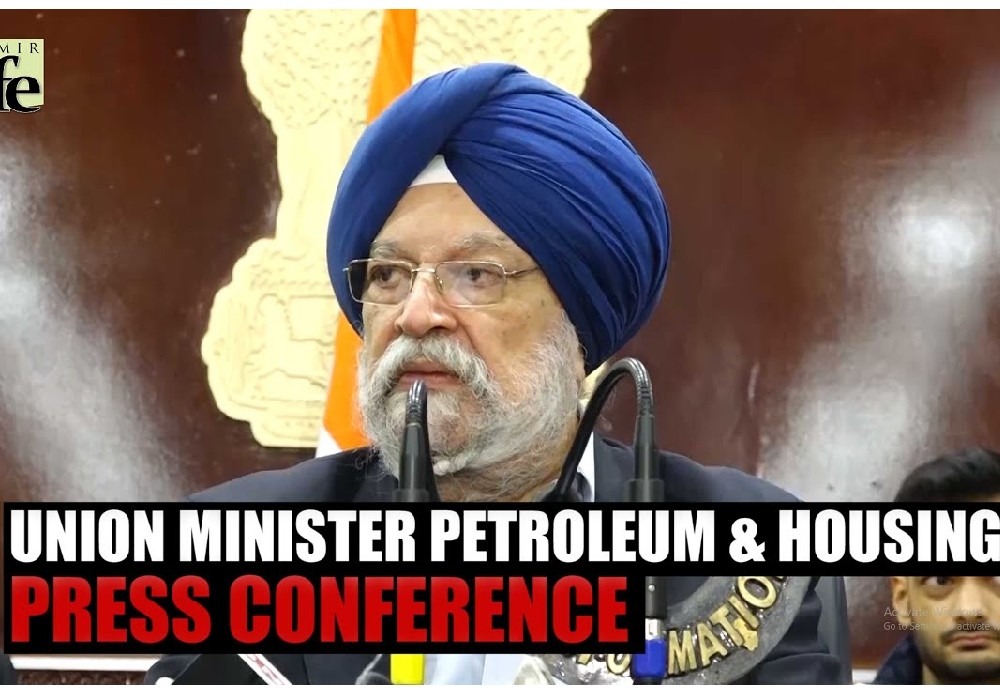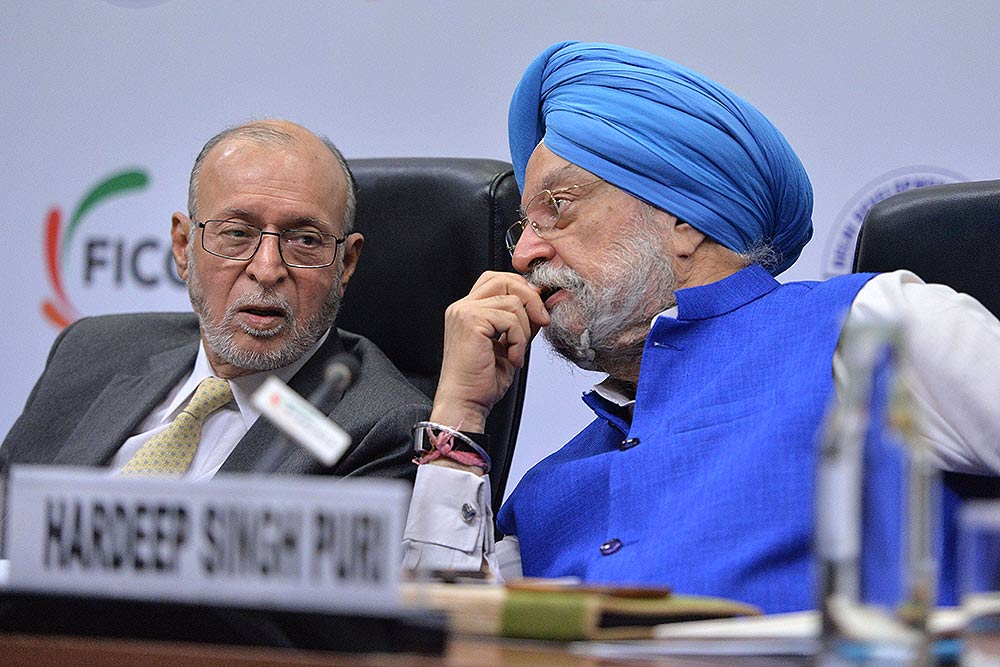India has emerged as a major player in the global energy market, with the country ranking third in the world for primary energy consumption, according to the India Energy Outlook 2021 report by the International Energy Agency (IEA). Additionally, India is now the third-largest consumer of oil, third-largest LPG consumer, fourth-largest LNG importer, and fourth-largest refiner. These impressive statistics have been shared by Union Minister for Petroleum and Natural Gas, Hardeep Singh Puri, and have been applauded by the Prime Minister, who stated that India is committed to self-reliance in energy and sustainable growth.
Meeting India’s Hydrocarbon Requirements
India’s energy requirements are met through domestic production and imports from various regions, including the Middle-East, Africa, Europe, North America, South America, and South-East Asia. To meet the increased demand for hydrocarbon fuel, India is adopting various strategies, including attracting investments in Exploration & Production to enhance domestic oil and gas production, shifting to a gas-based economy, improving refinery processes through technological upgradation, increasing energy efficiency and productivity, accelerating the bio-fuel economy, expanding overseas oil and gas portfolios, and diversifying oil and gas supply sources.
The government has also taken up the development of a National Gas Grid and City Gas Distribution Networks to provide clean and green fuel to the public across major demand centers in the country. According to the Ministry of Power, India is adding significant thermal, large hydro, and nuclear energy capacity to meet its growing energy needs.
India’s Non-Fossil Fuel Based Capacity
The Indian government has announced its aim to achieve 500 GW installed capacity from non-fossil fuel-based sources such as hydro, nuclear, solar PV, wind, biomass, etc. by 2030. This move towards renewable energy is in line with the country’s commitment to self-reliance in energy and furthering sustainable growth.
The Role of Crude Oil in India’s Energy Mix
Crude oil or petroleum is a vital natural resource that is the main source of motor vehicle fuel and heating oil in some parts of the world. Crude oil varies in color from yellow to black and exhibits variable density and viscosity. Once extracted from underground deposits, crude oil is processed into various products, including gasoline, diesel fuel, jet fuel, heating oils, asphalt, and lubricating oils.
In 2020, the world consumed approximately 88.7 million barrels of oil per day, with the United States being the largest consumer of oil, followed by China and India. India’s growth in the refining sector has been impressive over the years. From a deficit scenario in 2001, the country achieved self-sufficiency in refining and is now a major exporter of quality petroleum products. India is the global refining hub with a refining capacity of 248.9 MMTPA, making it the fourth-largest in the world after the United States, China, and Russia.
India’s Automotive Industry
The Indian automotive industry is the fourth-largest by production in the world, with the country’s automobile market being the third-largest globally. In 2022, India became the fourth-largest country in the world by valuation of the automotive industry. As of 2022, India is the 3rd largest automobile market in the world, surpassing Japan and Germany in terms of sales.
The Indian automotive industry is currently worth over US$100 billion, contributing 8% of the country’s total exports and accounting for 2.3% of India’s GDP. Despite the COVID-19 pandemic, India sold 3,759,398 vehicles in 2021, a growth of almost 26% compared to the previous year, making it the only country among the top five to register double-digit growth.
India’s automotive industry has been on a growth trajectory for the past few years, thanks to factors such as increasing disposable incomes, a growing middle class, and government policies aimed at boosting the sector. The government’s push towards electric vehicles has also provided a boost to the industry, with several major automakers announcing plans to launch electric vehicles in the country.
India’s achievement of becoming the world’s third largest energy consumer, third largest consumer of oil, third largest LPG consumer, fourth largest LNG importer, fourth largest refiner, and fourth largest automobile market in the world is a testament to the country’s commitment to self-reliance and sustainable growth. With its strategies to enhance domestic oil and gas production, shift to a gas-based economy, and accelerate the bio-fuel economy, among others, India is poised to meet the growing demand for hydrocarbon fuel.
The country’s spectacular growth in the refining sector and automotive industry is a clear indication of its potential to become a major player in the global economy. As India works towards achieving its goal of 500 GW installed capacity from non-fossil fuel based capacity by 2030, it is clear that the country is taking significant strides towards a greener and more sustainable future.

देश में एक करोड़ यात्री प्रतिदिन कर रहे हैं मेट्रो की सवारी: पुरी ..

Union Minister for Petroleum and Natural Gas and Housing and Urban Affairs, Hardeep Singh Puri addressing a press conference in ..

Joint Press Conference by Shri Hardeep Singh Puri & Dr Sudhanshu Trivedi at BJP HQ| LIVE | ISM MEDIA ..
(3).jpg)
"I wish a speedy recovery to former Prime Minister Dr Manmohan Singh Ji. God grant him good health," Puri wrote. ..